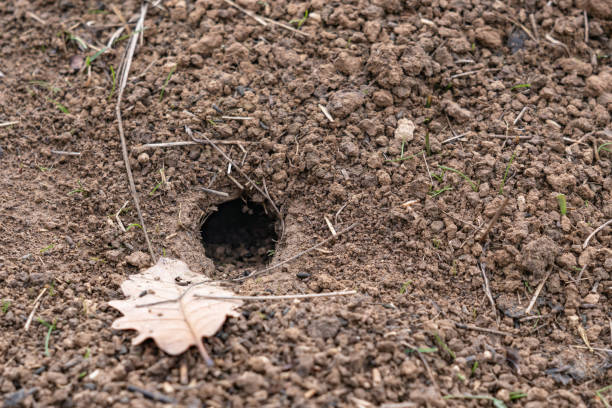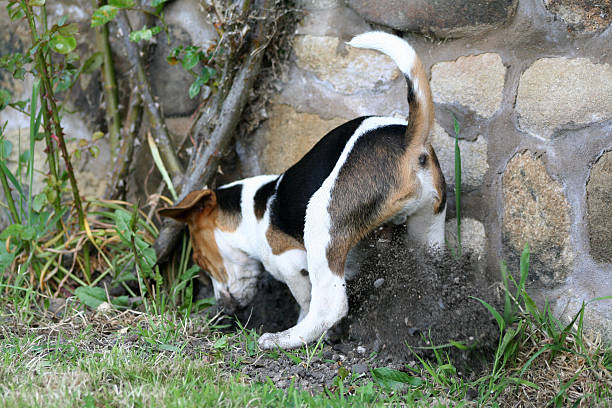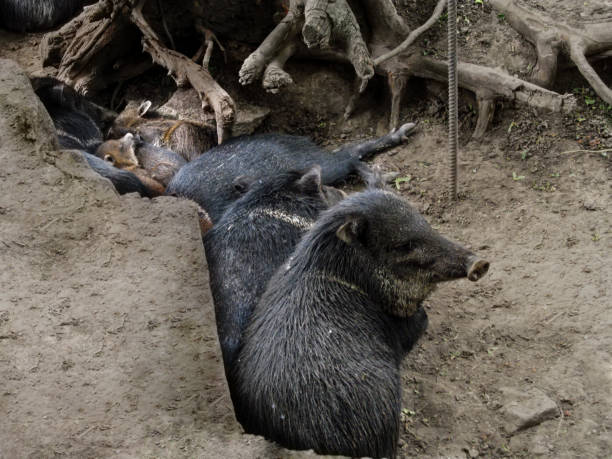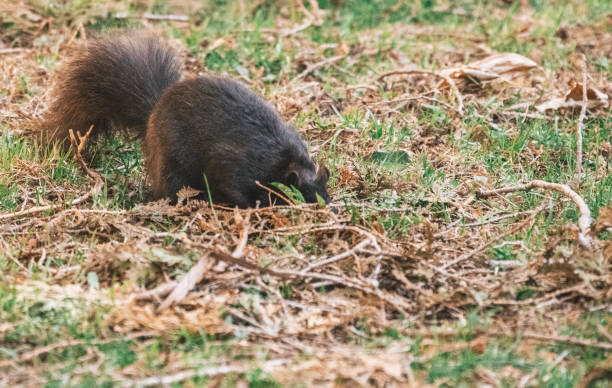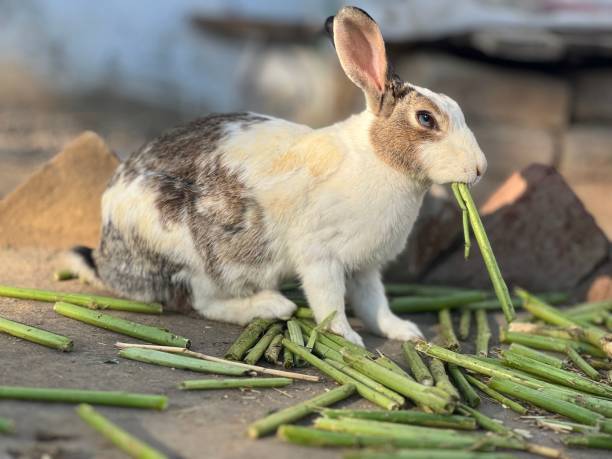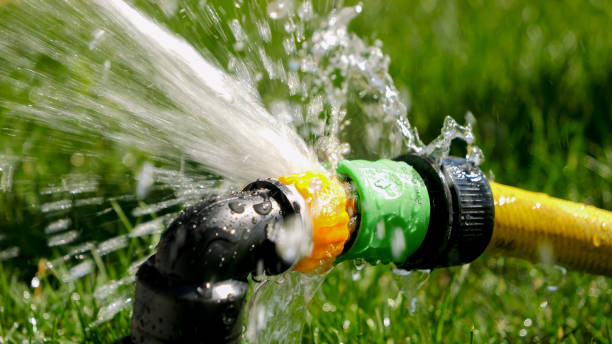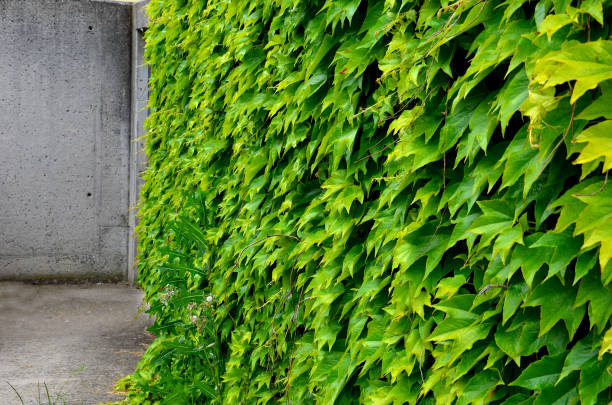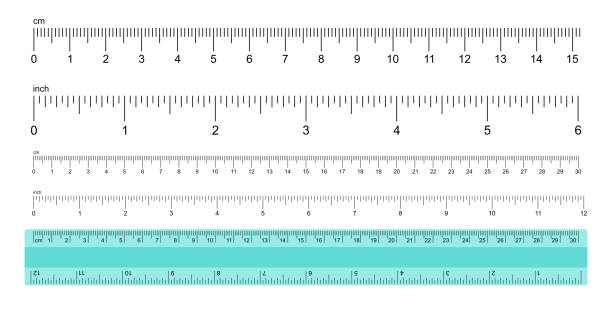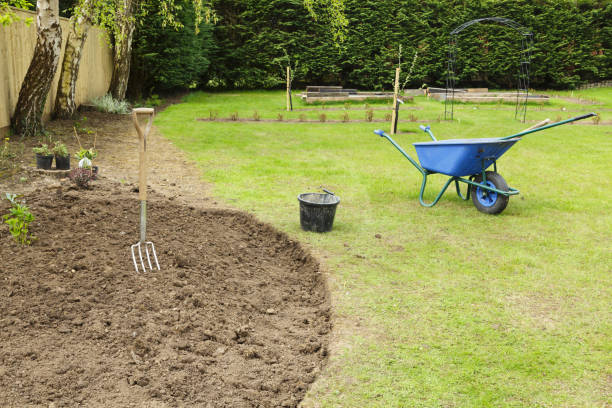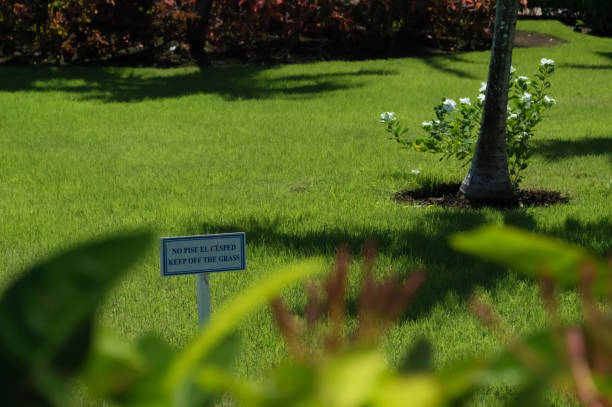What’s Digging Holes in My Yard?
This post contains affiliate links. This means I will make a commission at no extra cost to you should you click through and make a purchase. Read the full disclosure here.
Have you ever woken up to find mysterious holes scattered across your once-pristine yard? If so, you’re not alone. Many homeowners are left perplexed and frustrated by the sight of freshly dug tunnels and mounds of soil in their outdoor spaces. But fear not, as we delve into the topic of what’s digging holes in your yard, we will uncover the culprits, explore their behavior, and provide you with effective prevention and control methods.
Introduction
When faced with unexplained holes in your yard, it’s essential to identify the cause. By understanding the creatures responsible, you can take appropriate action to maintain the integrity of your lawn and garden. Let’s embark on this journey of discovery together.
Common Culprits
Several common creatures are known for their burrowing tendencies. Moles, gophers, groundhogs, and voles are among the top suspects when it comes to holes in your yard.
Moles
Moles are subterranean mammals that create elaborate tunnel networks beneath the ground. While they might be beneficial in some ways, their tunneling activity can wreak havoc on your yard’s aesthetics.
Gophers
Gophers are notorious for their extensive burrowing habits. They create complex tunnel systems and feed on plant roots, which can result in substantial damage to your garden and landscaping.
Groundhogs
Groundhogs, also known as woodchucks, are skilled diggers that construct large burrows for shelter and hibernation. These burrows can undermine the stability of structures and pose a threat to your yard’s integrity.
Voles
Voles, often mistaken for mice due to their similar appearance, are small rodents that create runways in grassy areas. Their burrowing can cause damage to lawns and plants, resulting in unsightly trails and compromised vegetation.
Identifying the Culprit
To determine which creature is responsible for the holes in your yard, it’s crucial to be able to identify their distinct characteristics and signs of activity.
Characteristics of Mole Tunnels
Mole tunnels are typically characterized by raised ridges in your lawn. These ridges form as moles dig their tunnels close to the surface, pushing up soil and grass along their path.
Signs of Gopher Activity
Gophers leave behind crescent or horseshoe-shaped mounds of soil as they excavate their burrows. They are known for their ability to quickly create extensive tunnel systems, causing visible damage to your yard.
Groundhog Burrow Identification
Groundhog burrows are larger and more conspicuous than those of other animals. They often have multiple entrances and exits, along with mounds of soil around the openings.
Vole Damage Indicators
Voles create shallow tunnels in grassy areas, and their runways can be identified by the presence of closely cropped grass and small burrow entrances.
Understanding the Behavior
To effectively address the issue, it’s essential to understand the behavior and habits of the culprits.
Habits and Lifestyle of Moles
Moles are insectivores that primarily feed on earthworms and other soil-dwelling invertebrates. They have a high metabolic rate, requiring them to dig extensive tunnel networks to search for food.
Gopher Behavior and Diet
Gophers are herbivores that consume plant roots and vegetation. They are known for their burrowing prowess and can quickly create large underground systems.
Groundhog Habits and Burrowing Patterns
Groundhogs are diurnal mammals that hibernate during the winter months. They are adept at digging burrows, which serve as both their shelter and hibernation chambers.
Vole Behavior and Preferred Habitats
Voles are herbivorous rodents that prefer grassy areas and gardens. They create runways through the grass as they search for food, often gnawing on the base of plants.
Prevention and Control Methods
Now that you’ve identified the culprit, it’s time to explore effective prevention and control methods to protect your yard.
Natural Repellents
Some natural repellents, such as castor oil-based products, can be effective in deterring moles and gophers. These repellents work by creating unpleasant odors or taste sensations that make your yard less attractive to these creatures.
Physical Barriers
Installing barriers like wire mesh or underground fences can be an effective way to keep groundhogs and voles out of your yard. By creating a physical barrier, you can prevent their access to your plants and lawns.
Traps and Baits
Trapping and baiting can be effective methods for controlling moles, gophers, and voles. Various traps are available for each specific pest, and using baits that mimic their natural food sources can lure them into the traps.
Professional Pest Control Options
In severe infestation cases or when other methods have proven ineffective, seeking professional pest control services may be necessary. Pest control experts have the knowledge and tools to address the issue effectively and provide long-lasting solutions.
Maintaining a Healthy Yard
Beyond addressing the immediate issue, maintaining a healthy yard can deter these creatures from taking up residence.
Lawn Care Practices
Regular mowing, aerating, and overseeding your lawn can help maintain its health and make it less appealing to burrowing pests.
Proper Watering Techniques
Water your lawn deeply but infrequently, encouraging deep root growth and making it more challenging for pests to access their food sources.
Eliminating Attractants
Remove clutter, such as woodpiles or debris, that may provide shelter for groundhogs and voles. Additionally, keeping your yard clear of fallen fruits or nuts can discourage these creatures from taking up residence.
Regular Monitoring and Maintenance
Regularly inspect your yard for signs of burrowing or activity. Addressing any issues promptly can prevent further damage.
Dealing with Other Potential Causes
While moles, gophers, groundhogs, and voles are common culprits, it’s essential to consider other factors that might be causing holes in your yard.
Tree Roots
Tree roots near the surface can sometimes create mounds or uneven ground as they grow and expand. Consider consulting an arborist if you suspect tree roots to be the cause.
Burrowing Animals like Rabbits or Squirrels
Rabbits and squirrels are known to dig small burrows in yards. Although their tunnels are usually not as extensive as those created by moles or gophers, they can still cause damage.
Underground Pipes or Utility Lines
In some cases, holes in the yard may be caused by underground pipes or utility lines. If you suspect this to be the case, it’s crucial to contact the relevant authorities to assess and resolve the issue.
Conclusion
Discovering holes in your yard can be frustrating, but with the knowledge gained from this article, you are now equipped to identify the culprits and take appropriate measures. By understanding their behavior, implementing prevention methods, and maintaining a healthy yard, you can keep these unwanted guests at bay and enjoy a beautiful, hole-free outdoor space.
FAQs
Can I fill in the holes in my yard immediately?
It is recommended to identify the cause of the holes before filling them in. If the holes are caused by burrowing pests, addressing the underlying issue is crucial before repairing the damage.
Are there any plants that repel burrowing pests?
While there is no foolproof plant that repels all burrowing pests, some aromatic plants like daffodils, marigolds, and alliums are believed to have repellent properties.
How long does it take to control a mole or gopher infestation?
The timeline for controlling an infestation can vary depending on various factors such as the severity of the infestation, chosen control methods, and the persistence of the pests. It’s important to be patient and consistent in implementing control measures.
Are there any humane methods to control burrowing pests?
Yes, humane methods like live traps can be used to capture and relocate burrowing pests. However, it’s essential to check local regulations and guidelines regarding the humane treatment of these animals.
Can I use poison to control burrowing pests?
The use of poison should be approached with caution. Poisons can be effective but may also pose risks to other wildlife, pets, and children. It’s best to consult with professionals or utilize alternative control methods to minimize potential harm.


